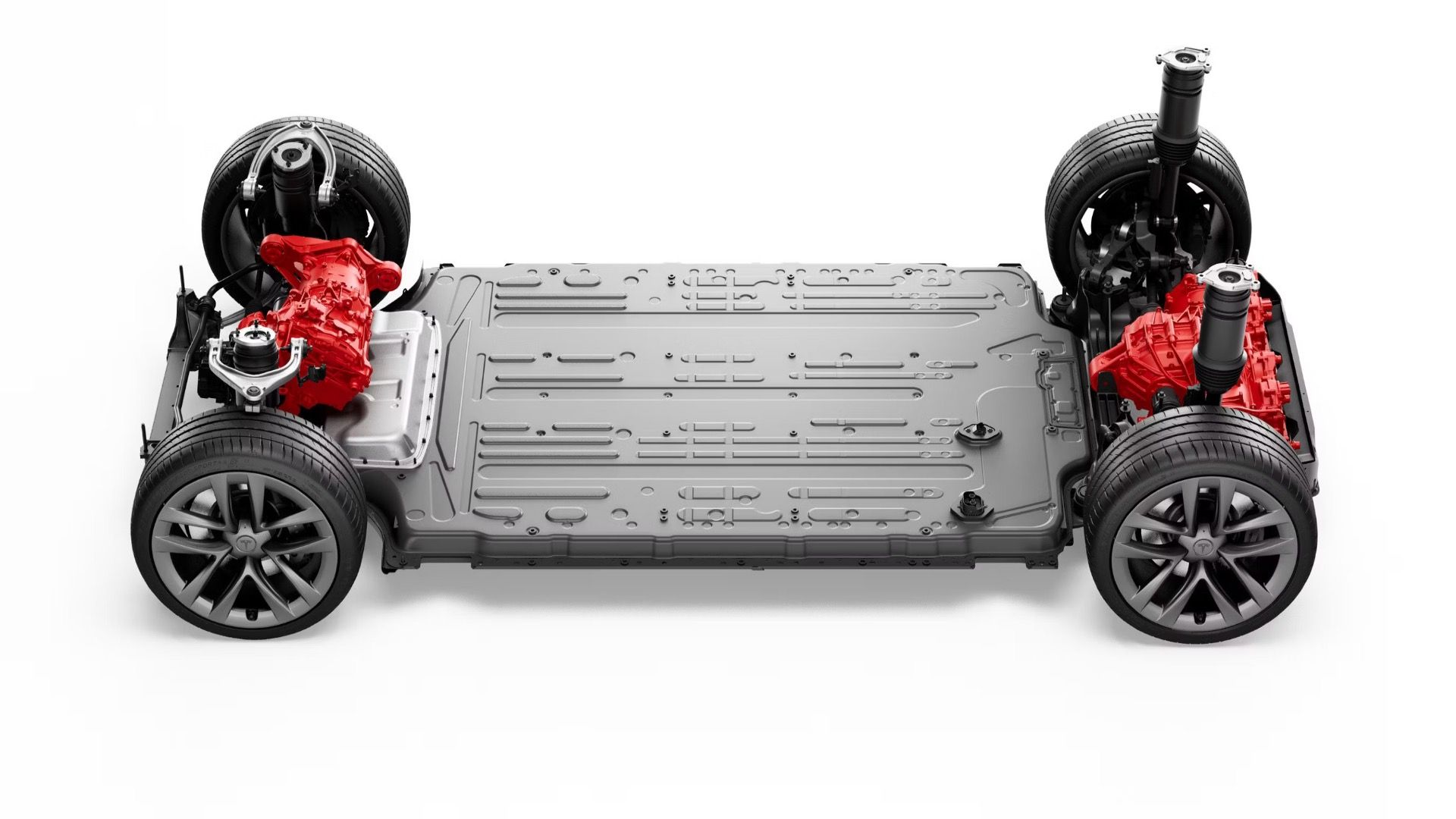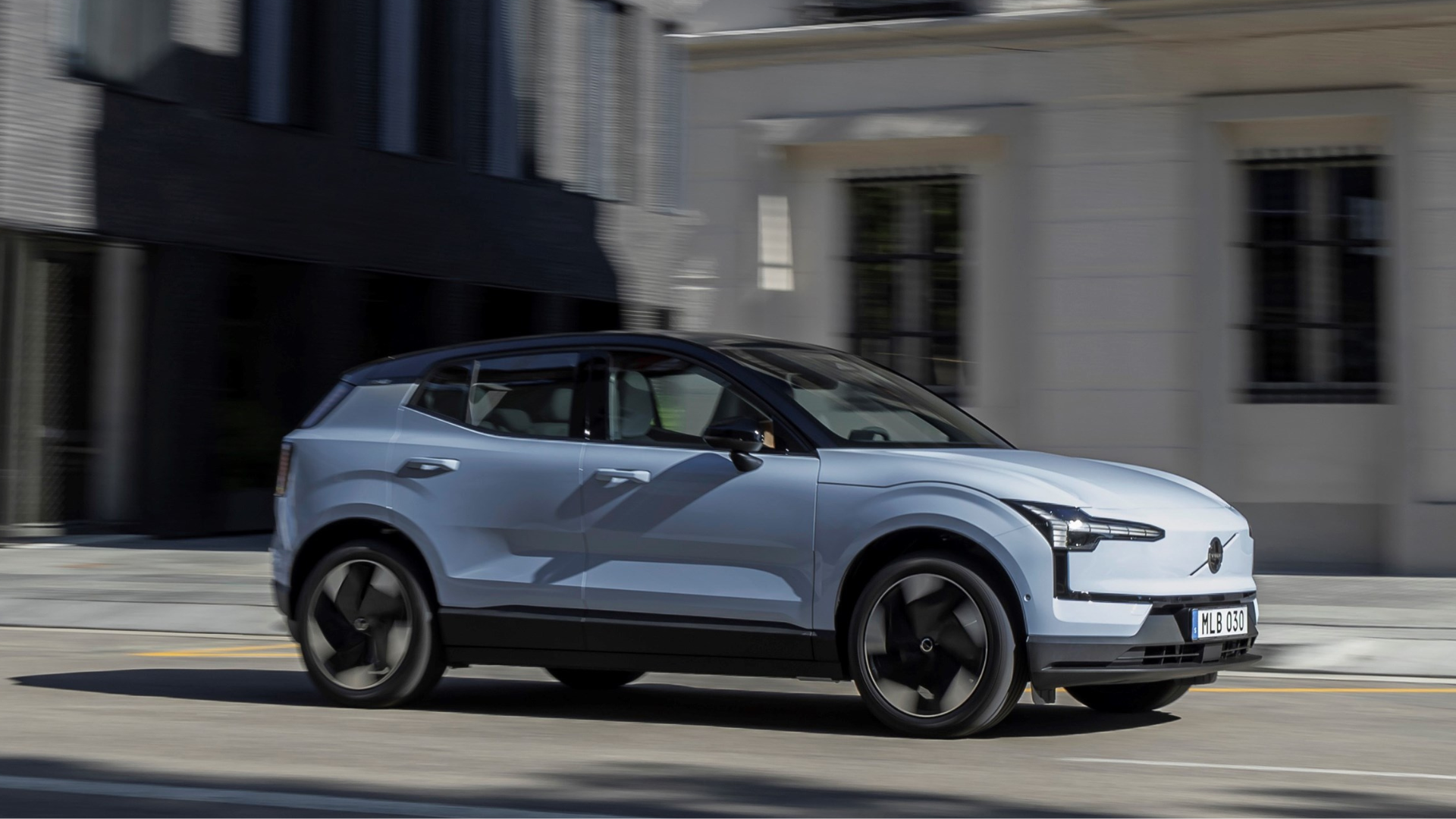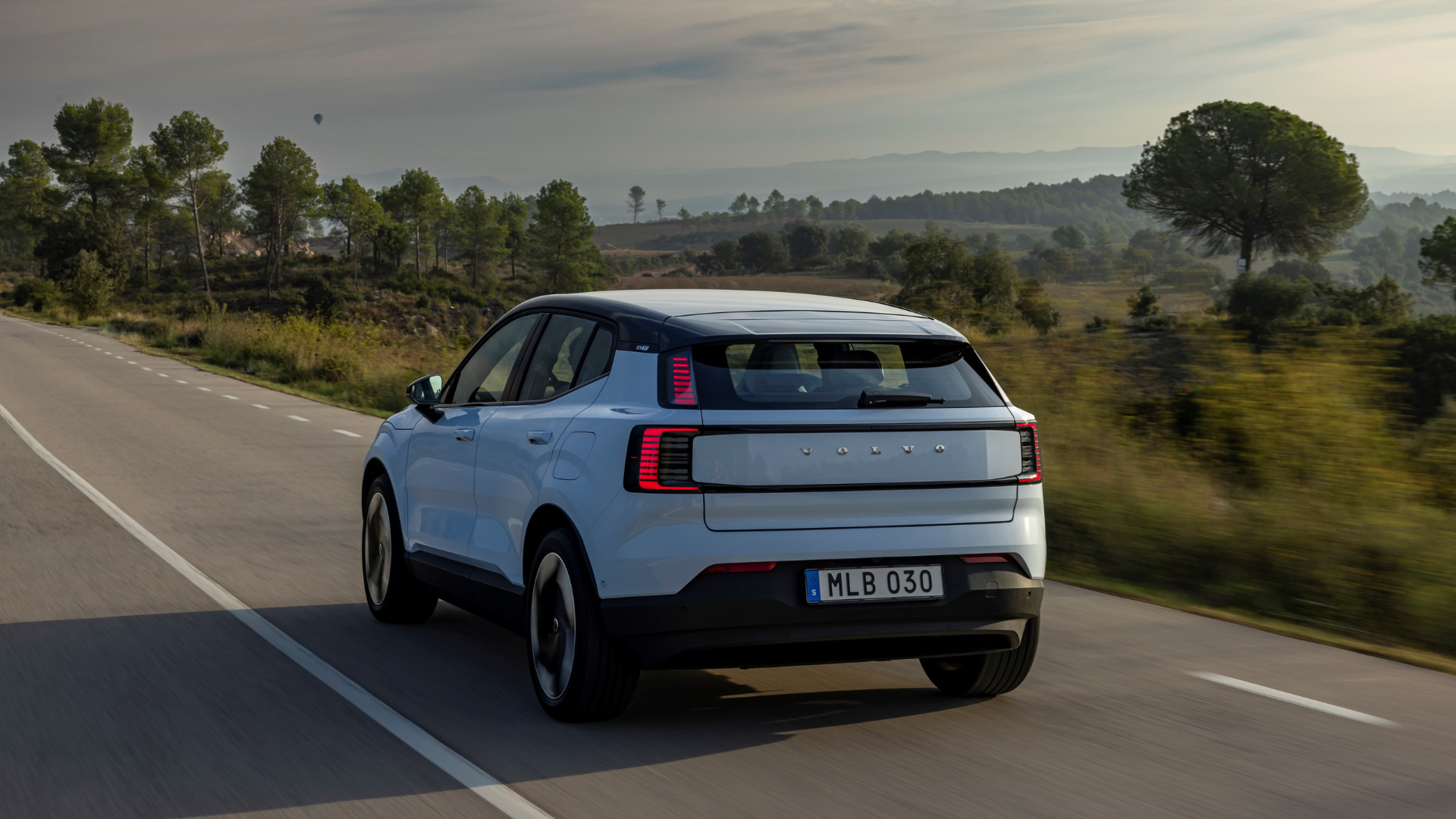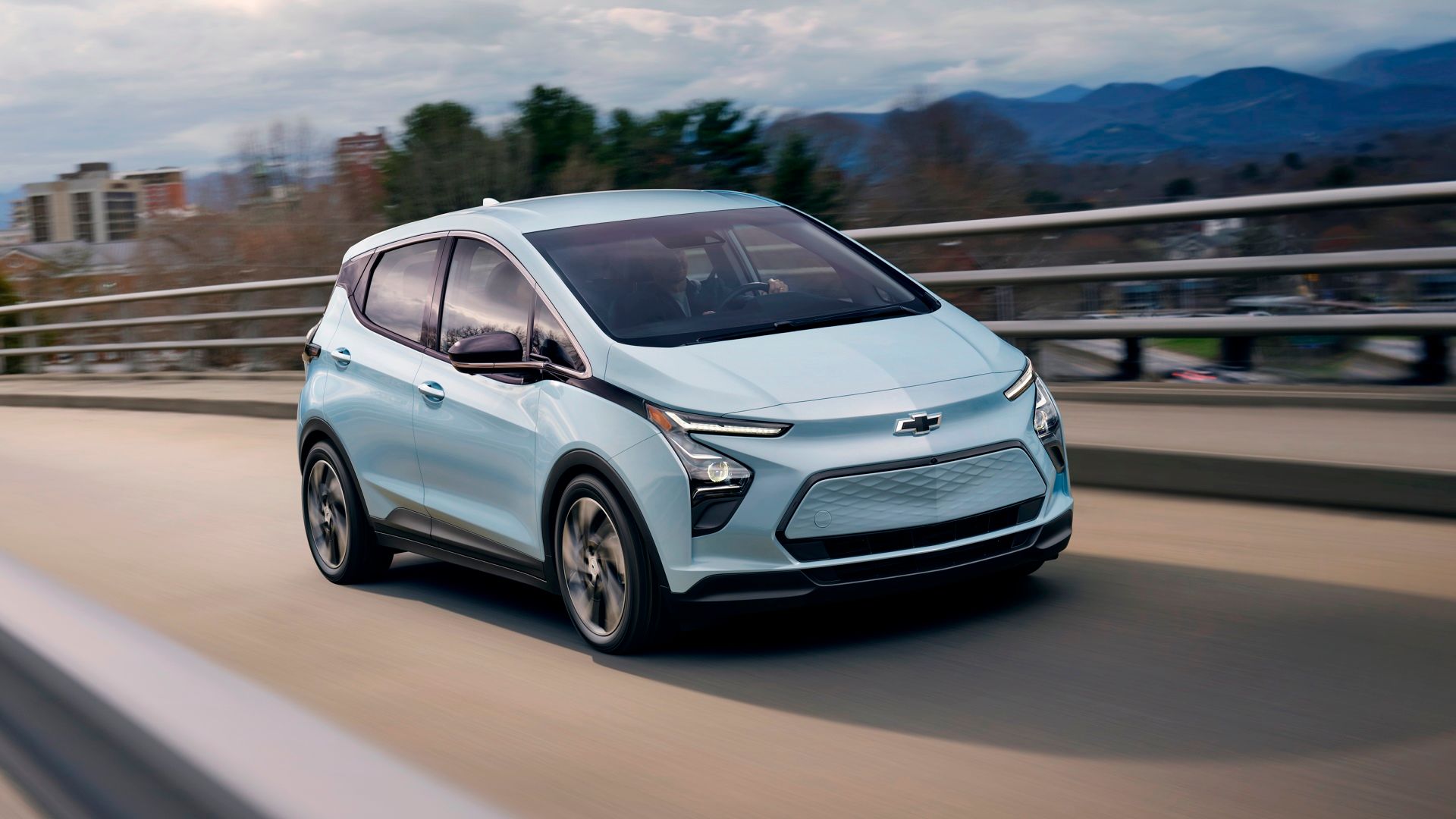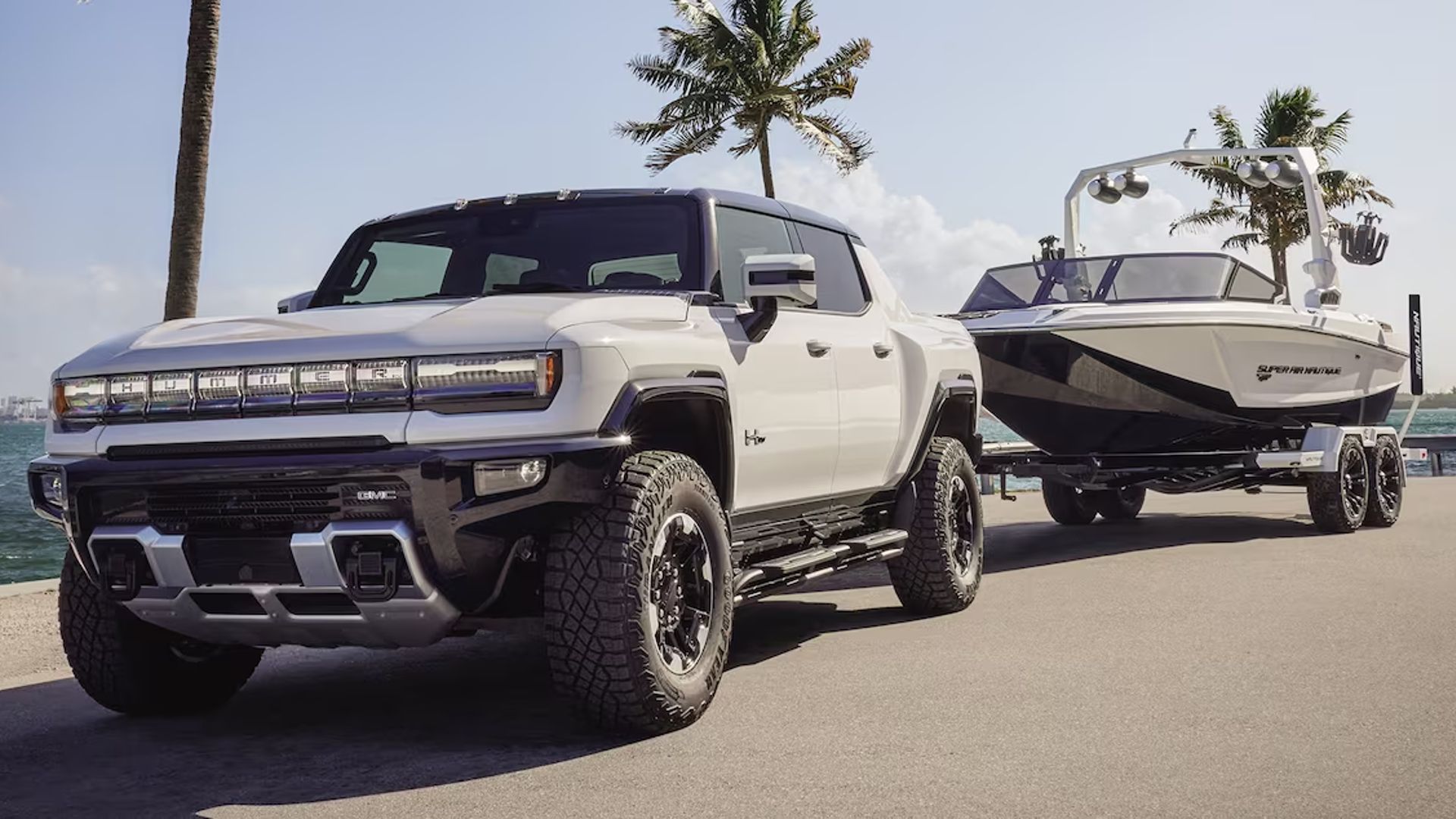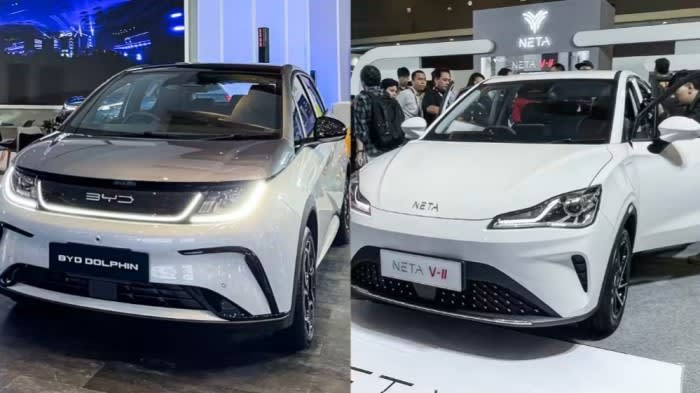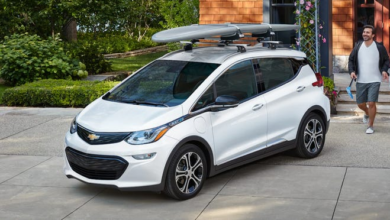Why Smaller And Lighter Electric Vehicles Are A More Sustainable Solution
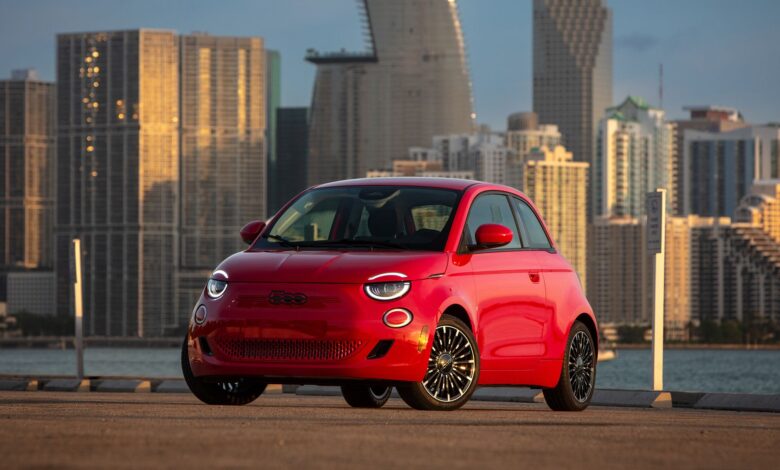
When I was attending the 2024 Fiat 500e launch program in Miami just over a month ago, Fiat was making a big deal out of the fact that it’s the lightest electric vehicle (EV) on the market in North America. And, when I was attending the Volvo EX30 launch in Barcelona last fall, Volvo had a similar argument about how small EVs allow the company to reduce costs, its dependence on natural resources, and perhaps more importantly, its overall carbon footprint.
But, what does this really all mean? Is it true that a small electric vehicle is a smarter environmental solution than a larger one? I mean, don’t all EVs emit no harmful tailpipe emissions when they are driving around anyway, helping us all reduce our global CO2 emissions to mitigate climate change? Yes, that’s all true.
But, making these EVs small and lightweight allows them to be even more sustainable. At the end of the day, we all end up winning. Allow me to explain why.
In order to give you the most up-to-date and accurate information possible, the data used to compile this article was sourced from various manufacturer websites and other authoritative sources, including EPA, NASA, and ACEEE.
Batteries Are Reusable And Recyclable
The beauty of lithium-ion batteries – the main type of battery currently used for all EVs currently on sale – is that 95-percent of its components can be entirely recycled. Don’t let the online disinformation fool you about rare earth elements in batteries, because there are none.
Whether it’s lithium itself, cobalt, manganese, aluminum, iron, phosphate, nickel, or even the liquid electrolyte in which lithium-ions move around, these minerals and substances can literally be recycled forever, with no loss of performance or effectiveness. You can’t do that with oil.
And, before a battery gets there, it’ll most probably be reused for stationary applications, like powering a server room, small stationary machinery in a factory, or even a small hunting shack powered by solar panels. Because while a battery may not have enough juice left to power a car, whatever’s left in it can still power smaller-scale applications, and for quite some time, for that matter.
But, here’s the thing; we still haven’t reached enough EV scale to create a circular battery economy just yet. Sure, governments are slowly implementing laws and regulations to ensure that batteries are probably disposed of at their end of life, but the truth of the matter is that EVs haven’t yet been on the road long enough for a large enough amount of batteries to be reused or recycled.
Until We Create A Circular Economy, We’ll Need A Lot Of Resources
Since we currently don’t have enough recycled batteries to sustain the entire supply chain, we currently need to extract a lot – and I mean a lot – of minerals to answer the rapidly rising demand for electric vehicles.
We are currently at a very crucial turning point in the automotive industry where, for the first time in their history, carmakers don’t need to just worry about the cars they build, but also about the fuel that powers them. In this case, batteries. That’s ending up costing them a lot more than they had originally anticipated.
In comes the small, lightweight EV theory. Since EV performance is measured by a battery’s capacity – the higher the available kilowatt-hour (kWH), the larger the battery, hence the more output you have – by shrinking the size and weight of the vehicle itself, you don’t need as much energy to move it around. Translation: a carmaker doesn’t need as many resources to build the battery, hence lowering its supply and manufacturing costs, relying on fewer resources in the process.
It’s all simple math, really. Instead of using a 246-kWh (212 kW) battery to power a gigantic GMC Hummer EV, you split the necessary resources and, instead, build five, 42-kWh Fiat 500es. On a larger scale, this means that for the same amount of battery-required resources, if GMC builds, say, 100,000 Hummer EVs, Fiat will have built 500,000 500es.
A recent study from The American Council for an Energy-Efficient Economy (ACEE) established that while a Hummer EV may not emit any harmful tailpipe emissions while driving around, due to the materials used to build it and the energy required to power it, it still emits an equivalent of 341 grams of CO2 per mile during its operation. By comparison, a much smaller Chevrolet Bolt EV powered by a smaller 66-kWh battery, emits the equivalent of 92 grams of CO2.
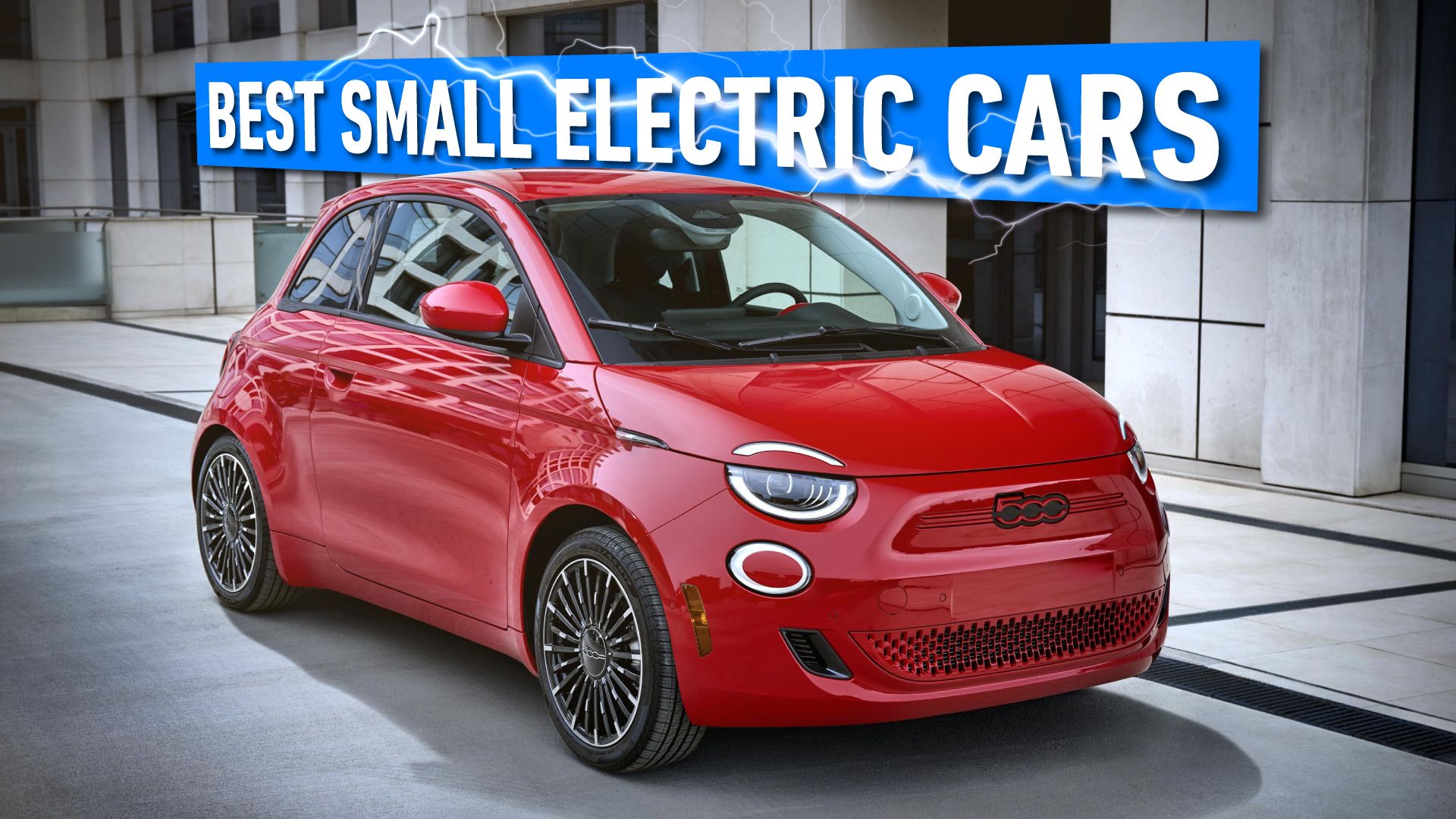
Best Small Electric Cars For 2024 And 2025
Small electric cars are more popular in Europe than in North America. Still, some of these small EVs spend time on American roads.
Re-Evaluating Your Current Needs
Of course, I’m well aware that the Fiat 500e is not suited for all needs. I, for one, with my 10-month-old son, my wife, my Husky, and everything that goes with that, could not use this as a family car. But at the other end of the spectrum, we also collectively need to ask ourselves if we all actually need a 10,000-pound GMC Hummer EV.
Here’s what Jared Solomon, Automotive Journalist with TopSpeed and HotCars, had to say after checking out the tiny MG Comet EV:
The MG Comet is the perfect example of less is really more. As I zipped around in this tiny EV, I realized that in the realm of sustainable transport, smaller and more compact electric vehicles not only reduce material waste and energy consumption, but they can still be enjoyable.
– Jared Solomon, Automotive Journalist
Because weight is another reason why small EVs are better for everyone. Heavy vehicles create a lot of damage to our roads, which, in turn, ends up costing us all more collectively to repair. Heavy vehicles also require larger, more robust suspension components, wheels and brakes, which, in turn, cost more to replace.
By oversizing everything, a carmaker automatically relies on more resources, hence increasing a vehicle’s overall carbon footprint. Weight is also the enemy of efficiency. A non-efficient EV won’t have good range, good acceleration, good braking or good handling. Make it small and lightweight, however, and you’ve instantly made an electric vehicle better in every metric.
Sadly, in this world of popular trucks and SUVs, small and lightweight doesn’t exactly resonate with what consumers are looking for. Or should I say what they think they’re looking for? At least, not here in North America, where the sport utility vehicle is king. It’s up to carmakers to assume their ethical responsibility and start manufacturing small, cost-efficient, and environmentally smart products.
